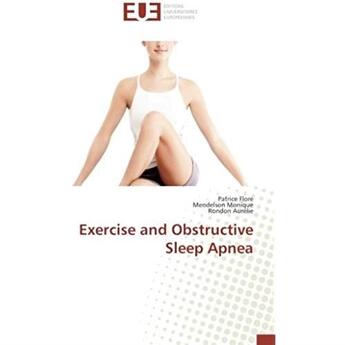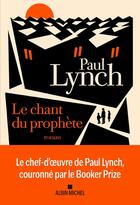Résumé:
Obstructive sleep apnea (OSA) syndrome is characterized by recurrent episodes of pharyngeal collapses occurring during sleep, leading to chronic intermittent hypoxia (IH). Long time ago, OSA has been recognized as a cardiovascular risk factor. Furthermore, it is associated with increased... Voir plus
Obstructive sleep apnea (OSA) syndrome is characterized by recurrent episodes of pharyngeal collapses occurring during sleep, leading to chronic intermittent hypoxia (IH). Long time ago, OSA has been recognized as a cardiovascular risk factor. Furthermore, it is associated with increased prevalence of type 2 diabetes and has been shown to be a risk factor for insulin resistance and incident diabetes independently of obesity. Since the benefits of physical activity on cardiometabolic health have been largely recognized and the effects of reference treatment of OSA (Continuous Positive Airway Pressure device) are limited, exercise could limit IH-induced cardiometabolic morbidity in OSA patients. To explore this possibility we conducted 2 studies on human beings and mice in order to characterize physical fitness, fat oxidation capacity, their link with cardiometabolic morbidity in non-obese OSA and to assess the specific effects of IH and the needs in terms of physical activity adaptations. The aims of the second study were to confirm the specific effects of IH on insulin resistance on mice and to explore the possible benefits of different modalities of aerobic exercise training.
Donner votre avis














